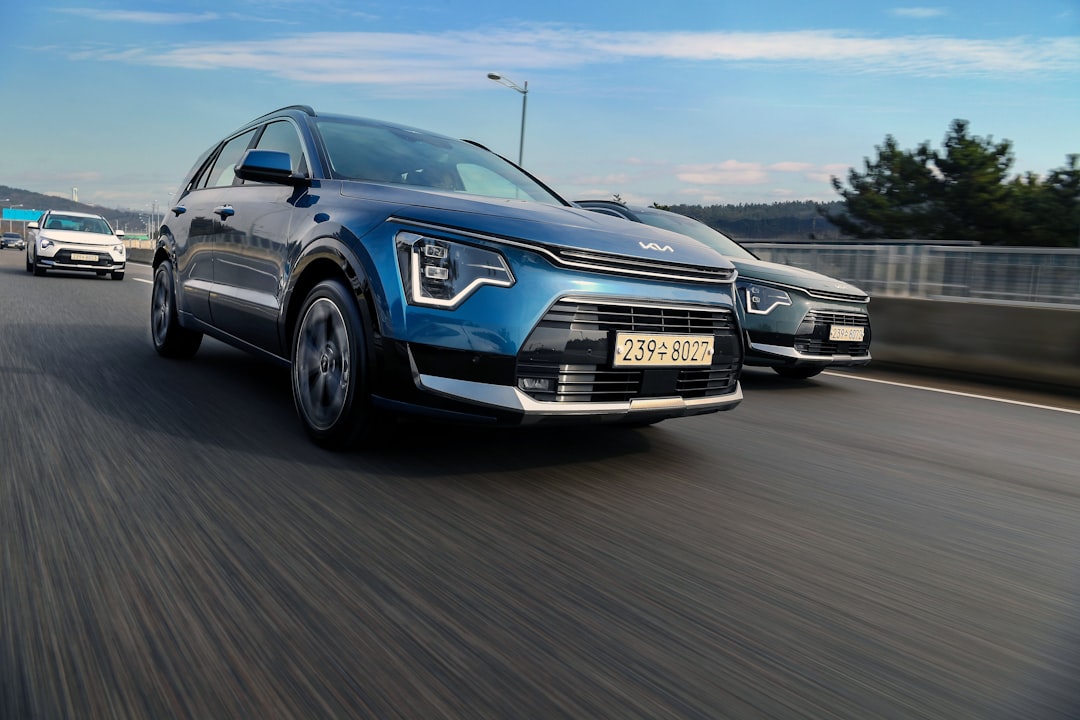In recent years, the electric vehicle landscape has been electrified by a surge of innovations, and BYD (Build Your Dreams) is at the forefront of this transformation. As of 2023, BYD has surpassed established giants like Tesla in EV sales, a testament to its progressive approach in reshaping global mobility trends. In this article, you’ll discover how BYD’s latest electric vehicle innovations are not just influencing the EV market but are also setting new standards in sustainability, technology, and global reach. Whether you’re an EV enthusiast, a sustainability advocate, or simply curious about the future of transportation, read on to understand how BYD is steering the wheel towards a cleaner, greener future.
Pioneering Battery Technology: The Blade Battery
One of BYD’s groundbreaking innovations is its Blade Battery, which has redefined safety and efficiency in EV energy storage. Introduced in 2020, this unique battery technology has since become a game-changer in the EV industry. Here’s why:
- Enhanced Safety: The Blade Battery has passed rigorous safety tests, including the nail penetration test, known to cause explosions in traditional lithium-ion batteries. This innovation significantly reduces the risk of battery fires, a critical concern for electric vehicle users.
-
Optimized Energy Density: BYD’s Blade Battery offers a higher energy density compared to conventional batteries, providing longer range capabilities. This advancement addresses one of the major barriers to EV adoption: range anxiety.
-
Sustainability: Utilizing lithium iron phosphate (LFP) chemistry, the Blade Battery is not only safer but also environmentally friendly, as it minimizes the usage of cobalt, a contentious material due to its mining practices.
The introduction and success of the Blade Battery highlight BYD’s commitment to not only improving vehicle performance but also enhancing sustainability in the battery supply chain.
Expanding Global Reach: Strategic Partnerships and Market Penetration
BYD’s influence in global mobility trends is also evident in its strategic partnerships and market expansion efforts. As of 2023, BYD has established joint ventures and collaborations across the globe, including partnerships with Toyota and Daimler. These collaborations aim to leverage BYD’s expertise in battery technology and mass production capabilities.
- European Market: BYD’s entry into the European market has been marked by the launch of several models, including the Tang EV and the Han EV, which have been well-received for their competitive pricing and advanced features.
-
North American Strategy: While Tesla dominates the North American market, BYD has made strides by focusing on electric buses and commercial vehicles, offering solutions for public transportation electrification.
-
Asian Dominance: In China, the world’s largest EV market, BYD continues to lead with a significant market share, thanks to its extensive lineup and government support for domestic EV manufacturers.
These strategic moves are not only expanding BYD’s global footprint but are also facilitating the broader adoption of electric vehicles worldwide.
Technological Advancements: From Autonomous Driving to Connectivity
BYD is not just about batteries and cars; it’s about integrating cutting-edge technology into every vehicle. The company’s innovations in autonomous driving and vehicle connectivity are setting new trends in global mobility.
- Autonomous Driving: BYD has been investing heavily in autonomous driving technology, collaborating with tech giants like Baidu to develop robust autonomous driving systems. The company aims to achieve Level 4 autonomy by 2025, which will enable vehicles to operate without human intervention in most conditions.
-
Smart Connectivity: BYD’s vehicles are increasingly equipped with smart connectivity features, allowing seamless integration with smart home devices and mobile applications. This enhances the user experience by making the car an extension of the digital lifestyle.
-
User-Centric Design: Innovations such as BYD’s DiPilot advanced driving assistance system and DiLink intelligent network system exemplify the company’s focus on creating a connected and intuitive driving experience.
These technological advancements not only enhance vehicle performance but also align with the growing consumer demand for smart, connected, and autonomous vehicles.
Practical Value: How to Choose the Right BYD Model
With a diverse range of models, choosing the right BYD vehicle can be overwhelming. Here are some tips to guide you:
- Identify Your Needs: Consider your primary use for the vehicle. For daily commutes, the BYD Dolphin might suffice, while the BYD Tang suits those needing more space and range.
-
Evaluate the Range: Assess your typical driving range and choose a model that comfortably meets those needs. The Han EV, for instance, offers a range of over 605 km (376 miles), ideal for long-distance travel.
-
Consider Charging Options: Check the availability of charging infrastructure in your area. BYD offers solutions like home charging stations and partnerships with public charging networks.
-
Compare Features: Look at the technological features, such as autonomous driving capabilities and connectivity, to find a model that fits your lifestyle.
By following these steps, you can ensure that your investment in a BYD vehicle aligns with your needs and expectations.
Conclusion: Driving Towards a Sustainable Future
In summary, BYD’s latest innovations are reshaping global mobility trends by setting new standards in battery technology, expanding global market presence, and integrating advanced technological features. As BYD continues to innovate and expand, the future of transportation looks increasingly electric, connected, and sustainable.
Are you ready to join the electric revolution? Consider a BYD vehicle for your next car purchase and be part of the movement towards a cleaner, greener future. What features do you look for in an electric vehicle, and how do you see the role of companies like BYD in shaping the future of mobility? Share your thoughts in the comments below.
As we look ahead, the trajectory of BYD suggests a promising future where electric vehicles are not just an alternative but the norm, paving the way for a sustainable global transportation ecosystem.

